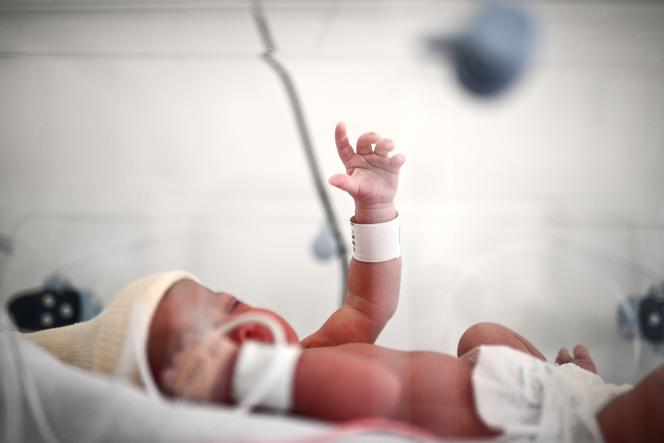


France’s birth rate is continuing to decline according to findings by the French National Institute for Statistics and Economic Studies (INSEE) for the first half of 2023. In the first six months, 314,400 babies were born, 24,000 fewer than in the first six months of 2022, a 7% decrease. This trend has been occurring over the past decade.
Since the start of the year, the number of births each month has been low and remained low in June, with an average of 1,904 births per day. This represents a 7.2% decrease compared to June 2020, a reference month for pre-pandemic conceptions. From January to June, the number of deaths (313,300) nearly exceeded the number of births. The natural balance – the difference between births and deaths – is now close to zero, and is the lowest it has been since World War II.
The number of births relies on two factors: the number of women of childbearing age, which doesn’t vary much, and the number of children each woman has. "This fertility indicator has been declining since 2012," said Hervé Le Bras, a demographer and research director at the School for Advanced Studies in the Social Sciences (EHESS). "Between 2012 and 2022, the average number of children per woman fell from 2.1 to 1.8. If the current 7% decline continues throughout 2023, this would bring the fertility rate down to 1.68 children per woman, the lowest number since the mid-1990s," he added.
But what is causing France’s fertility rate, the highest in the European Union, to decline? "For several years now, women have been waiting to become mothers," said Gilles Pison, a demographer at the French National Institute for Demographic Studies (INED). The average age of a woman when she gives birth to her first child has increased from 24 in 1974 to 31 in 2022. For a while in France, the sharp drop in births to women under 30 was offset by births to women over 30. But this is no longer the case according to Le Bras: "Women aren’t just waiting longer to have children, they are having fewer."
Both specialists agree it is hard to explain this annual drop in births. Pison believes that the economy, the war in Ukraine and the uncertainties related to climate change are undoubtedly part of the reason. Without denying that these circumstances make an impact, Le Bras believes that "fertility has more to do with very personal factors such as living conditions, employment, etc."
According to Le Bras, another possible explanation is lifestyle changes, with women becoming better educated and getting jobs. At the same time, several INSEE surveys show that men have hardly taken on more of the household and childcare duties. "Women no longer see any reason to take on a second job of raising a family," said Le Bras. "This may encourage them to reduce [the size of the family]."
You have 11.37% of this article left to read. The rest is for subscribers only.
